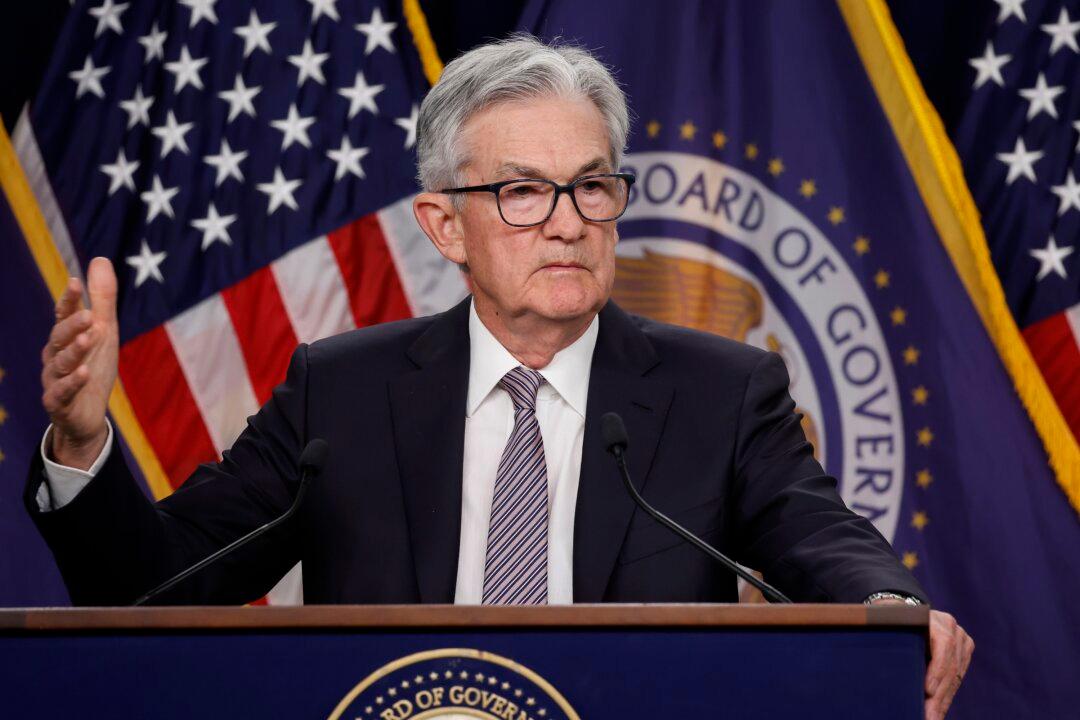The latest inflation numbers are a mixed bag, accelerating sharply in monthly terms though easing a little in annual terms, with experts largely saying that the data remains too hot for the Federal Reserve (Fed) to start dropping interest rates. However, a pause in the rate-hiking cycle could be in the cards.
While the annual pace of inflation ticked down from 5.0 percent in March to 4.9 percent in April, the monthly rate shot up sharply, suggesting inflationary pressures persist.





